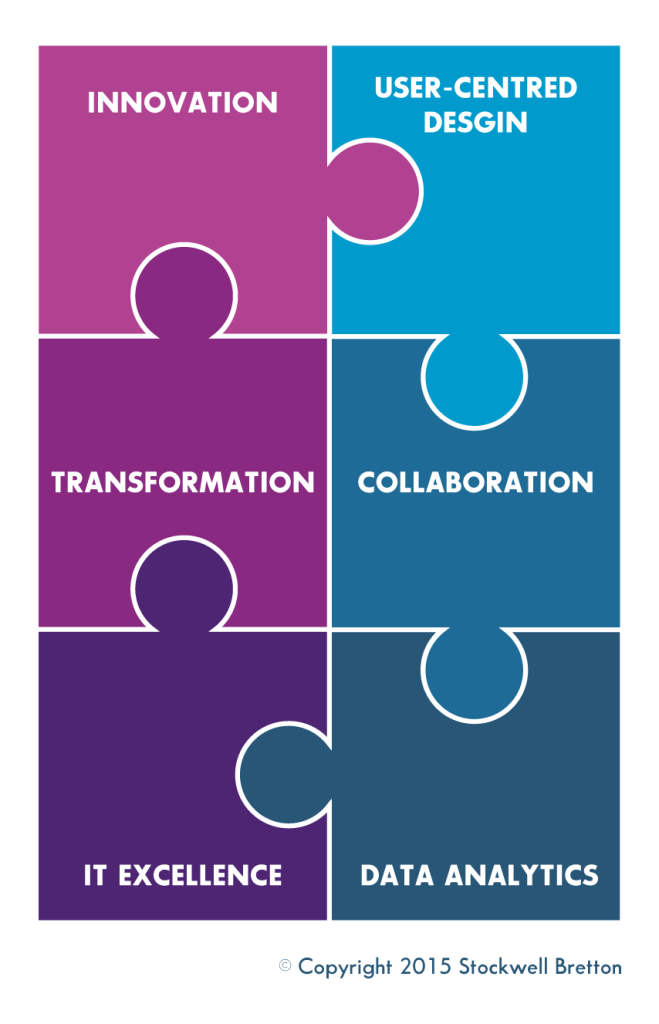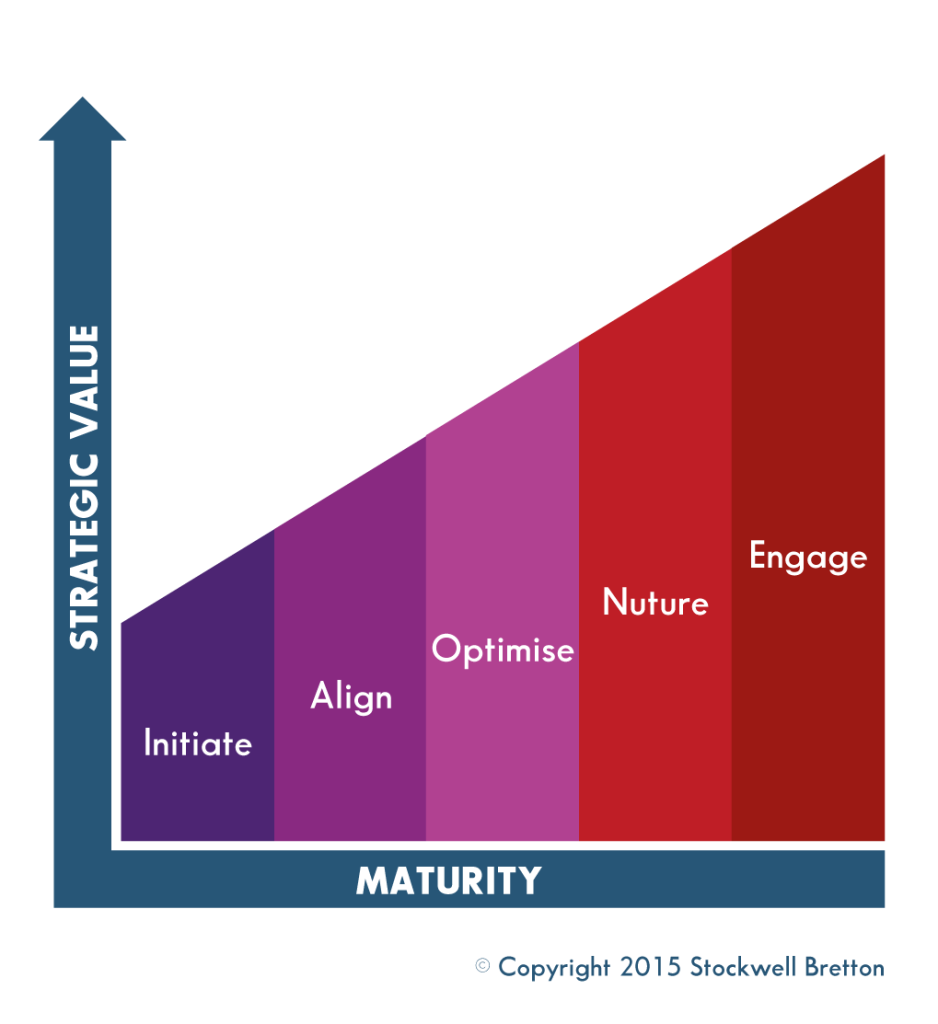
Herbert Spencer first used the phrase ‘survival of the fittest’ after reading Darwin’s ‘Principles of Biology’ and reflecting that the principles also applied his area of expertise, economics. Darwin liked the phrase so much, he used it in the 5th edition of the Principles to describe those ‘better designed for an immediate environment’. So in the digital age, how do you ensure that your organisation is fit enough to survive in an ever-changing environment?
This idea of Digital Darwinism has gathered momentum over the last 5 years, with the increasing sophistication and adoption of digital solutions challenging businesses in a wide range of industries to change the way they operate. Brian Solis suggests that we are living in an era where consumer behaviour and technology are developing faster than our ability to adapt – and only those businesses who find a way to do so will survive.
So what are the digital capabilities that you need to not just survive, but thrive in this rapidly changing environment? There are six key capabilities that every organisation needs to deliver an integrated and holistic digital capability:
- The capability to innovate your core business to respond to opportunities and market disruptions
- The capability to understand your clients, their needs and expectations and design with these in mind
- The capability to drive transformation rather than incremental change throughout the organisation
- The capability to collaborate internally, as well as with key suppliers, and your client base
- The IT capability to enable innovation and transformation as well as deliver agile platforms and solutions
- The capability to deliver useful internal and external data analytics and respond to it
It is also important to recognise that these capabilities need to exist across the organisation. They are not ICT capabilities, or marketing capabilities, but organisational capabilities that draw together key contributors from across the organisation, to deliver an integrated digital capability that enables the organisation to be responsive, agile, flexible and adaptive.
Most importantly, digital capability must deliver value to the business by enhancing and enabling its core business.
McKinsey have begun measuring organisations digital quotient. In their most recent survey, they found that the promise of digital initiatives seems more of a hope than a reality.[1] There are high expectations that ‘digital’ is the panacea for stagnant performance, however on its own it is unlikely to drive meaningful improvements. McKinsey also found that insufficient talent or leadership was the most common hurdle to capturing a meaningful share of the value digital could bring to a business.
How do you transform your existing capability to build the digital quotient? If you take the leanings from the recent McKinsey survey, then you would start at the top and appoint a Chief Digital Officer. In reality, to drive real value, an organisation needs to take a more strategic approach than simply expanding the C-Suite.
Transforming digital capability requires that you understand your future direction and can articulate that in a digital context. Some organisations use a specific digital strategy and others integrate digital into broader strategic planning. Which works best depends on the organisation, but what is essential is commitment and engagement from across the executive to understand, support and enable digital capability development.
You then need to assess what you currently have and where you want to be, this allows you to understand the maturity path from your existing capability towards a nurturing and fully engaged environment. There needs to be clear objectives for digital that integrate into the existing business. These objectives can include understanding your client base better, automation and process improvement, innovation in product and services and leveraging big data.
Getting access to the right data to understand your market and your clients, as well as the digital trends that affect them, it also critical to building effective digital capability. The right data drives data analytics and user-centred design, and it helps organisations to stay on top of the pace of digital change.
You also need to review and assess your internal governance, operating model and structure, business processes, performance management, budgets and capability development to determine if changes are needs to create an engaging digital environment. Getting these foundations right, helps to foster experimentation and innovation as well as enabling greater agility and responsive.
Successful digital organisations build strong links between performance and organisational culture to foster risk-taking and recognise the value of failing early and fast. They also take a portfolio management approach and review more frequently to capture digital opportunities. Critically, they also invest in their best people to get them into the digital space and keep them engaged.[1]
Whether you invest in a CDO or your digital strategy is led by the CEO personally, what’s critically to building your digital capability is taking a strategic approach that is integrated into your broader strategy and drives business value and performance from the ground up.
[1] Cracking the Digital Code: McKinsey Global Survey results, September 2015








